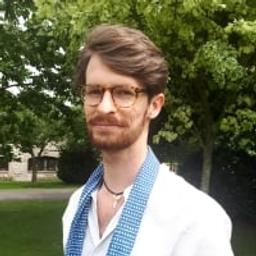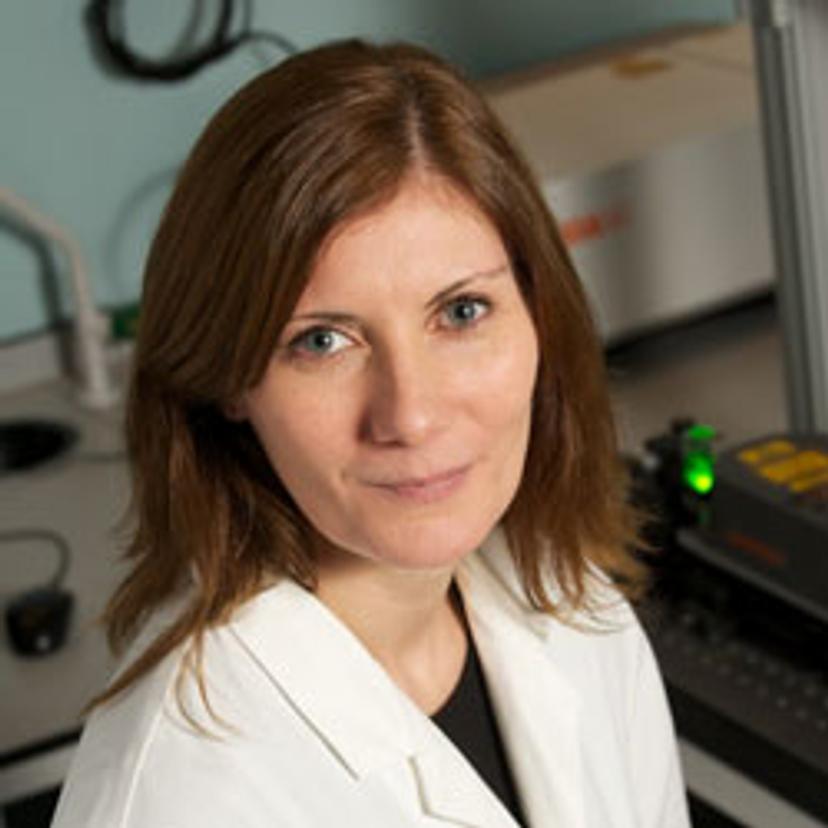Pittcon 2018: How to Detect Multiple Disease Biomarkers Using Surface Enhanced Raman Scattering
Professor Karen Faulds explores the biggest advantage of SERS: the ability to analyze multiple analytes in one sample
21 Dec 2017

Professor Karen Faulds, of the University of Strathclyde, is at the forefront of research into the use of surface enhanced Raman scattering (SERS) for bioanalysis in life and clinical sciences. She will be presenting her work on the detection of multiple bacteria and disease biomarkers at the Pittcon Conference and Expo 2018 in Orlando, USA, next February. In this interview with SelectScience®, Faulds explores the versatility and sensitivity of SERS for sensing multiple disease biomarkers in the same sample and explains how attending Pittcon influences and benefits her research.
SS: Briefly introduce yourself and your place of work.
I am a professor in the Department of Pure and Applied Chemistry at the University of Strathclyde and my research involves the development of surface enhanced Raman scattering (SERS) and other spectroscopic techniques for novel analytical detection strategies and, in particular, multiplexed bioanalytical applications. I obtained my Ph.D. from the University of Strathclyde in 2003 and became a full professor there in 2015. The University of Strathclyde is located in the centre of Glasgow in Scotland and is a technological university focusing on science and engineering. Our research is conducted within the recently completed new Technology and Innovation Centre (TIC) which has been designed to allow more efficient multidisciplinary and collaborative working within the university, but also with external partners. Our research area consists of laboratories for chemical synthesis, biological handling at CAT 2 level (molecular, cell and bacteria culture), spectroscopy and nanofabrication housing state-of-the-art equipment (zeta potential, DLS, nanosizing, SEM, AFM, dark field microscopy, Raman microscopy).
SS: Describe your work on bioanalysis using SERS and explain the importance of this research
Our research focuses on using surface enhanced Raman scattering (SERS) to create new approaches to bioanalysis for use in the life and clinical sciences. SERS is a spectroscopic technique that offers significant advantages over other established techniques such as fluorescence in terms of the amount of information obtained, and our research has focused on highlighting the advantages, creating new examples of increased capability in life science applications and interacting with end users to shape future step changes in research. Our research centres around using the inherent sensitivity of SERS for the detection of molecules, mainly disease biomarkers such as target DNA or proteins, as well as detection of specific bacteria strains. Our work has focused on exploiting the sensitivity of SERS for quantitative analysis of biomolecules, as well as exploiting one of the key advantages of SERS, the ability to analyze multiple analytes in one sample. This allows more information to be gained per analysis as well as giving information about complex systems that are intrinsically difficult to measure.
SS: What instrument do you use to carry out SERS analyses?
At last count, I think we have 27 Raman spectrometers in our laboratory with different configurations and performance depending on the application. We have a multi-wavelength Renishaw InVia system which we use for high-resolution, rapid imaging of biological samples which also has integrated dark field. We have a range of different small benchtop spectrometers ranging from 1550 nm to 514 nm excitation wavelengths such as the Metrohm (formerly Snowy Range) Sierra, Renishaw probe systems and smaller handheld instruments from Ocean Optics, Wasatch Photonics Inc and Metrohm (formerly Snowy Range) CBEx. This allows us to go from high-resolution imaging of biological samples such as cells and tissue to rapid, portable detection which can be carried out at the point of use.

SS: Your session at Pittcon 2018 is entitled “Multiplexed and Quantitative Bioanalysis Using Surface Enhanced Raman Spectroscopy (SERS)” - what can listeners expect from this talk?
During my talk I will discuss our current research which will focus on the detection of multiple bacteria and disease biomarkers. One of the main objectives of our research is the development of sensitive detection assays using SERS and quantification to allow us to determine the concentration of biomarkers in complex samples, in particular, to allow us to quantify multiple species simultaneously. Multiplexing (the ability to detect multiple species simultaneously in the same sample) is often stated as being one of the main advantages of SERS, however there are very few reported examples of genuine multiplexing in the literature and when it comes to also quantifying all of the components within a multiplex, there are few examples. Therefore our research develops detection assays using dye labels as spectral signatures which we choose so that the dye labels have easily-resolved, unique peaks that could be differentiated by eye. However, we wanted to be able to quantify each labeled analyte in the background of the others, i.e. be able to quantify low concentrations of one target analyte in the background of high concentrations of the others. This becomes very challenging to do quantitatively and reproducibly by eye. Therefore we use chemometric approaches that enable us to quantify each analyte in a multiplex within the complex spectral matrix of the others. Therefore, my presentation will focus on our recent research in development of SERS assays and multiplex quantification of disease-related biomarkers and bacteria detection.
SS: What can listeners expect from your session on behalf of the SAS entitled “SAS - Leading Edge Women in the Field of Applied Spectroscopy: Future Frontiers and Directions”?
This Society for Applied Spectroscopy (SAS) session showcases the research and accomplishments of women at the forefront of the field of applied spectroscopy. The research presented will use different analytical, spectroscopic techniques for the detection of biomolecules, biomaterials and environmental sensing. All the speakers in the session are women at the forefront of their field and I think that this will make an exciting session, as well as being an inspiration to early career researchers (particularly female) who are interested in following different scientific career pathways to become the future leaders in their fields. This is an area that the SAS is passionate about supporting and we want to encourage more women to remain in science, whether in academia or industry, and this session will highlight the work of world leading spectroscopists.
SS: How does your attendance at conferences such as Pittcon influence your research (especially with an inter-disciplinary team)?
Pittcon is a great conference both in terms of the multidisciplinary science programme and the exhibition. It allows me to hear about the latest research that is going on in my field as well as complementary areas all within the same conference venue. The exhibition is also a big draw as it allows me to find out what the latest instrumentation is that is new to the market and enables me to plan potential future research directions..
SS: What is the future of your research?
Our current and future research explores the detection of biomarkers related to cancer, heart disease, meningitis and sepsis, as well as detection of bacteria in food. My future research goals are to get Raman and surface enhanced Raman into routine use, whether it be in understanding biological systems, in the clinic or in food production. It is such a powerful technique and it is great to see this starting to be realized in different fields but it needs to be more routinely taken up as a go-to technique.
Register to hear Faulds talk and find more information about Pittcon 2018 here >>
